Is this the new king of mobile photography? Here are photos from the Samsung Galaxy S10 + - without a filter
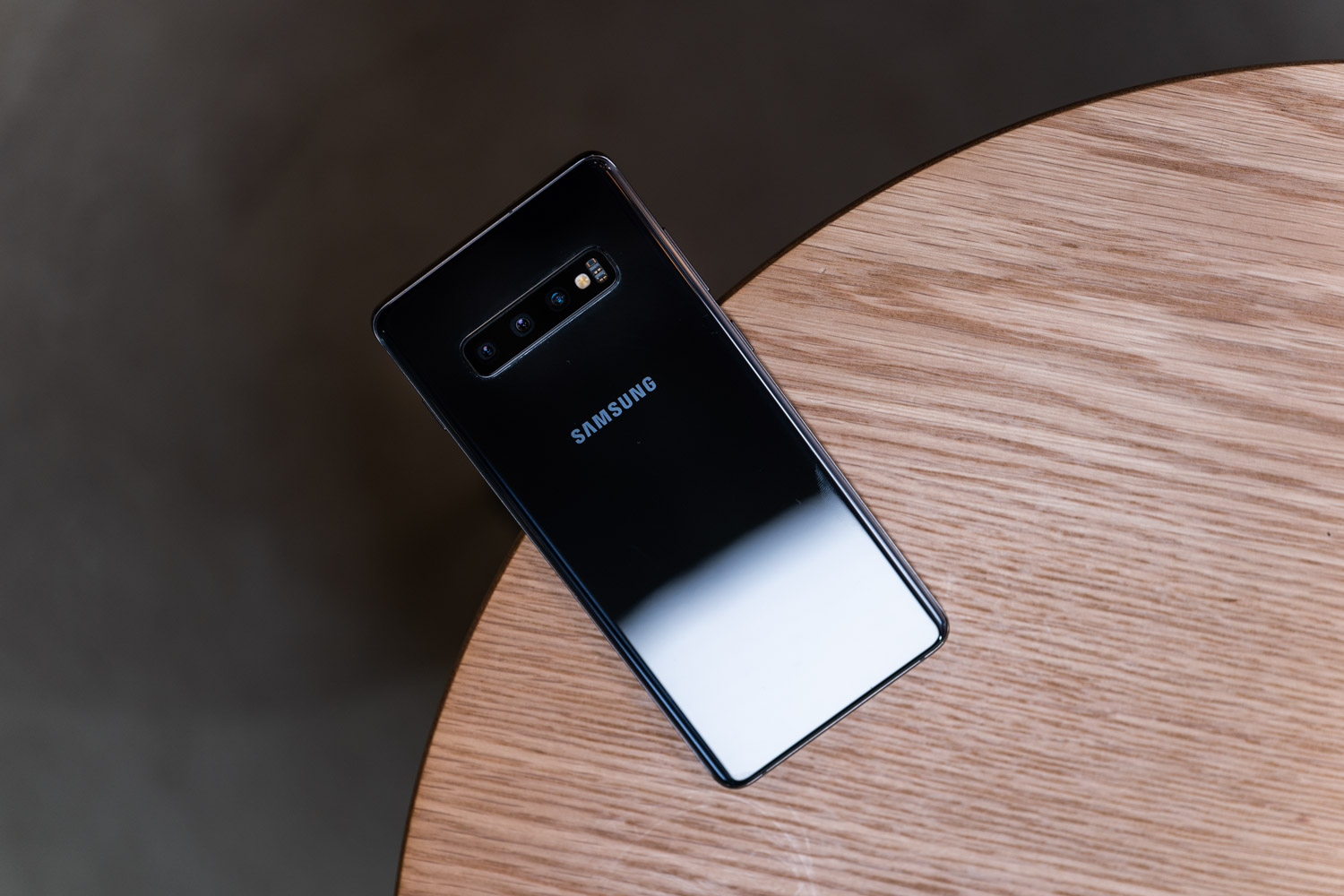
The Samsung Galaxy S10 + has been in my pocket for less than a day, but I've already done a few pictures in auto mode and without a filter to see how good the phone is. Effects? See for yourself.
During the premiere of the new Galaxy S10 from the scene there were many high-speed words about how the smartphone finally has the capabilities of a professional SLR. Of course, we all know that it's just a PR-talk-cloth: a smartphone very, very far from the quality and capabilities of professional DSLRs or mirrorless cameras.
Nevertheless, it is the smartphones that are the most popular cameras in the world (with the iPhone at the forefront). And the Samsung Galaxy S10 has a chance to be hailed as the best of them.
https://www.youtube.com/watch?v=H8SC2Z9zM2s
What can the Samsung Galaxy S10 + camera do?
There are five cameras in the new Galaxy S10 +. On the front you will find:
- 10 MP with a lens with an 80 degree angle of view, f / 1.9 brightness and 1,22 μm pixel, with Dual Pixel AF
- 8 Mpix RGB for depth detection, 90 degrees viewing angle, f / 2.2 brightness and 1,12 μm pixels
"Little" Galaxy S10 and S10e are devoid of this sensor, but they can simulate the effect of depth using algorithms.
On the back, we find three sensors:
- 16 Mpix with ultra-wide (123 degrees) lens with f / 2.2 brightness and 1.0 μm pixel, without AF,
- 12 megapixels with wide angle lens (77 degrees) with variable f / 1.5-f / 2.4 aperture and 1.4 micron pixel pixels, with Dual Pixel AF and OIS,
- 12 Mpix with a tele lens (45 degrees) with a brightness of f / 2.4 and pixels of 1.0 μm, with PDAF and OIS.
Such a system can be found in both small S10 and S10 +. Galaxy S10e is equipped with only the first two sensors, without a tele lens.
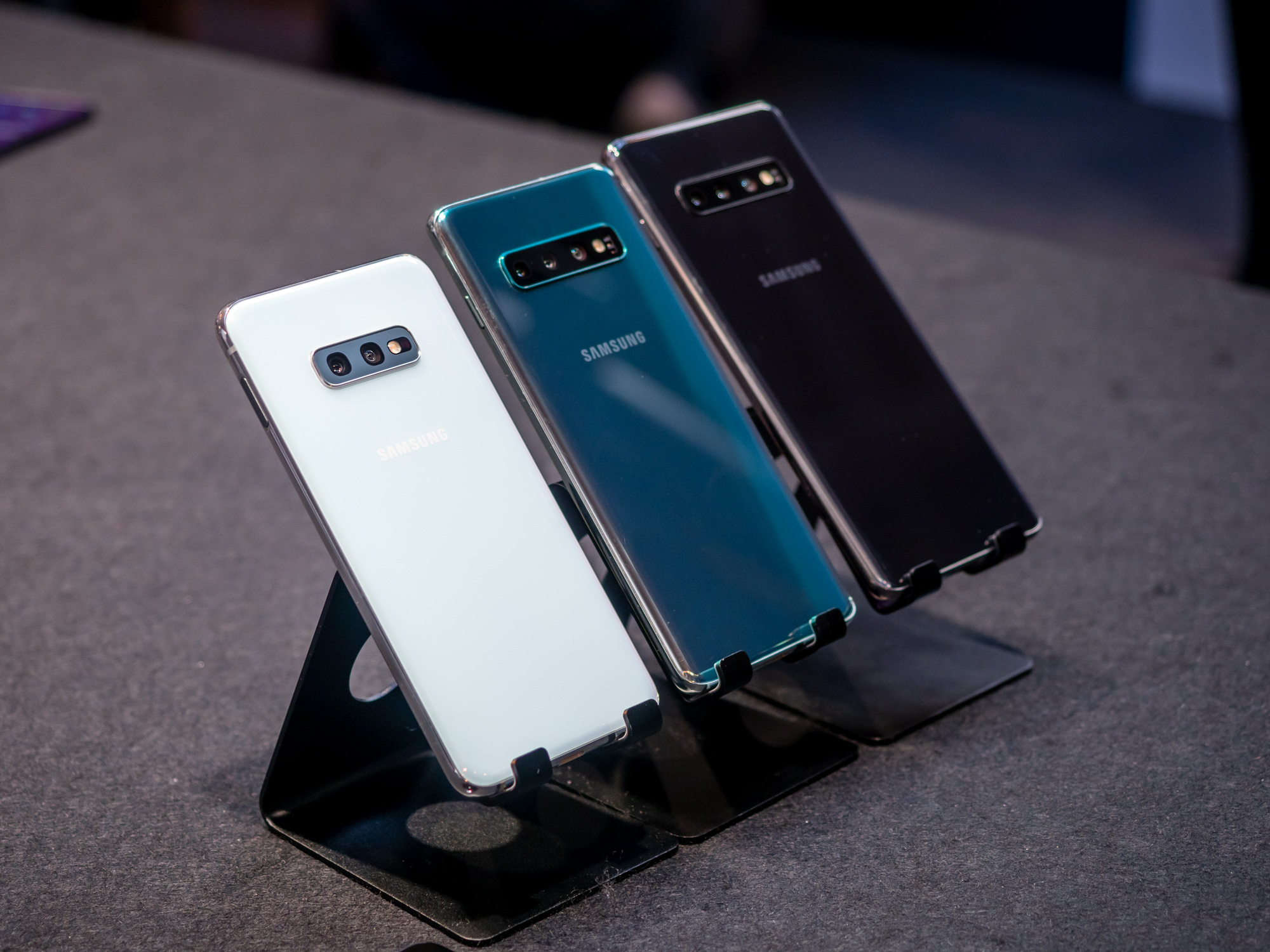
The camera in the new Galaxy S10 uses the help of artificial intelligence like never before.
Sure, at the moment even in the phone for PLN 1000 we will find "AI", which recognizes the scenes and dynamically selects the camera settings. We have seen this in previous Galaxy. S10 goes a step further - the camera can now not only recognize the scenery and choose the parameters (which he does surprisingly well, by the way), but also tell how to take a picture.

After enabling the appropriate option in the camera settings, when the phone detects that we are thinking about the photo for a long time, it will tell you how to do it. The preview screen will show a dot in which you just need to aim and lines that need to be aligned. When we hit the dot and the lines are aligned, the photo is taken automatically, no need to press the virtual shutter.
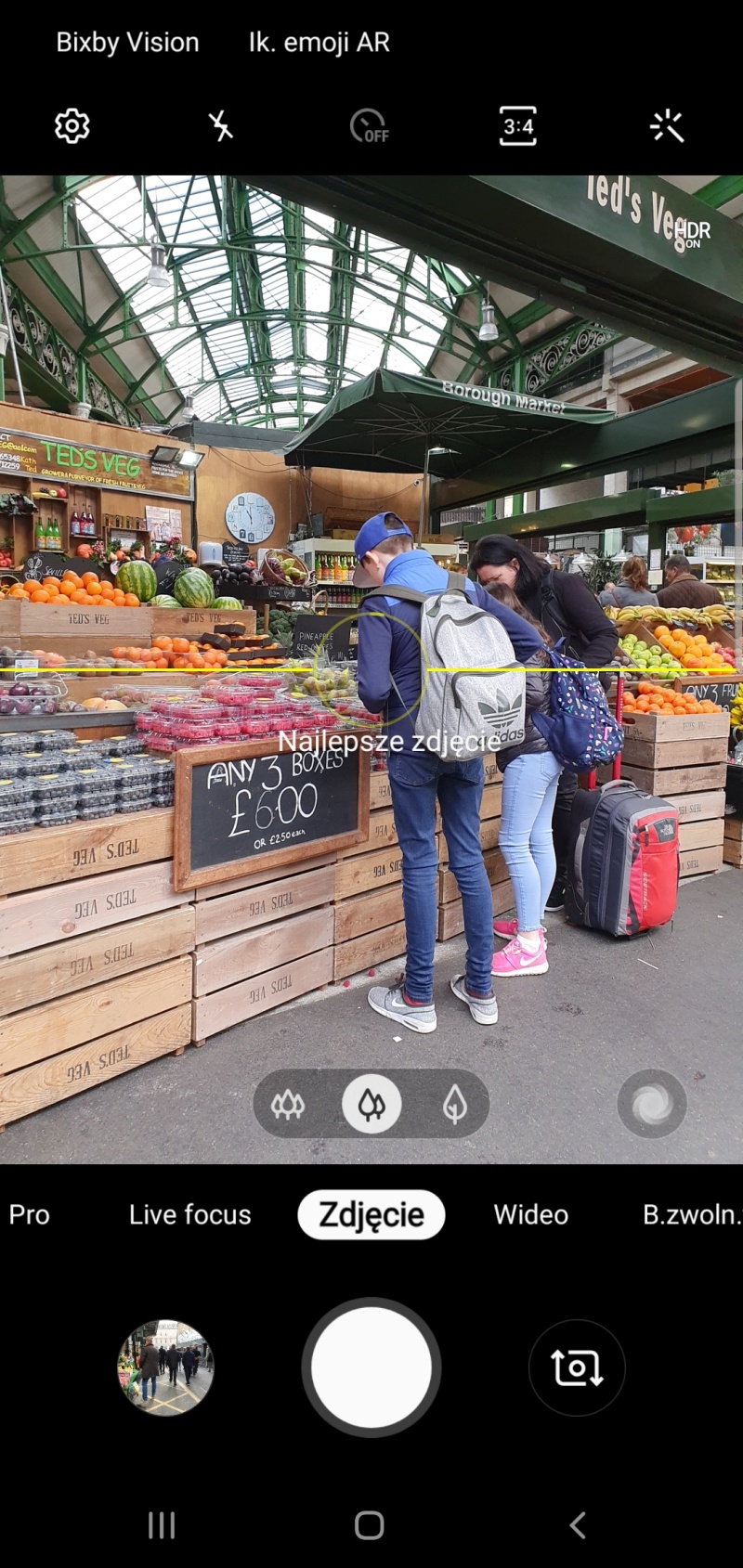
I admit, I was skeptical about this solution, but it works really well. He will not make a professional photographer out of anyone, but he will save tens of frames from his family vacation. The more so because in most cases it really tells how to set the camera to capture the best shot. It is lost only in "dense" scenes, when it is not completely clear what is the subject of photography. He copes with portraits perfectly, setting the crop almost perfectly.
Samsung Galaxy S10 + - the front camera in practice.
The selfie camera is surprisingly good. Unfortunately, he will not make Brad Pitt's technology blogger, but he does well with what he has at his disposal. The picture is sharp, the autofocus is very fast, the colors saturated, but not exaggerated.
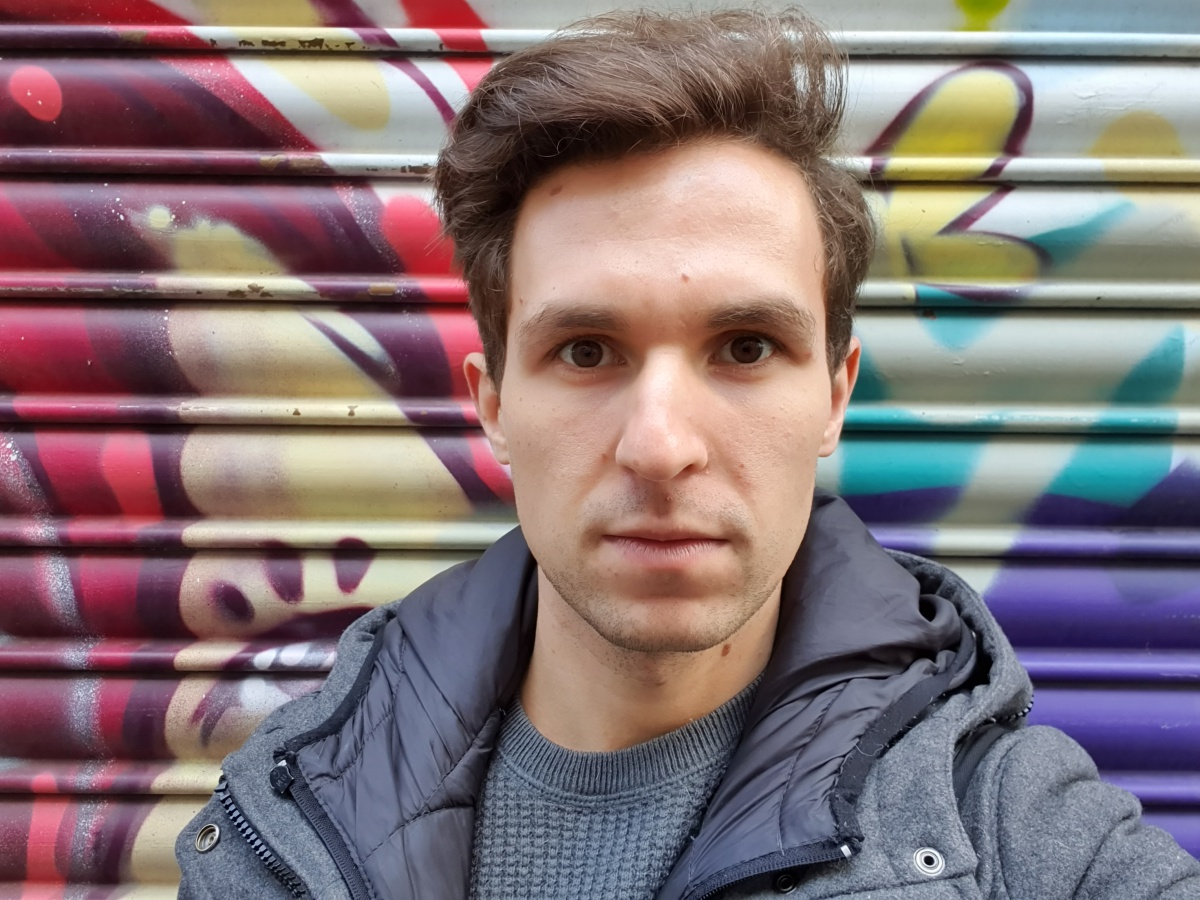
I do not know why Samsung insisted on two selfie modes: plain and wide. While in this LG V40 wide mode actually makes a difference, because we just have a wider lens, so the mode wide in Samsung Galaxy S10 + differs so slightly from the ordinary mode that it is not worth bothering the former. Well, unless we have very, very long hands.

The "live focus" mode is very good, i.e. simulating the depth of field. The blur of the background looks quite aesthetically, though it still has problems with the blown hair or scenes of low contrast. The blur level can of course be adjusted after taking the picture.
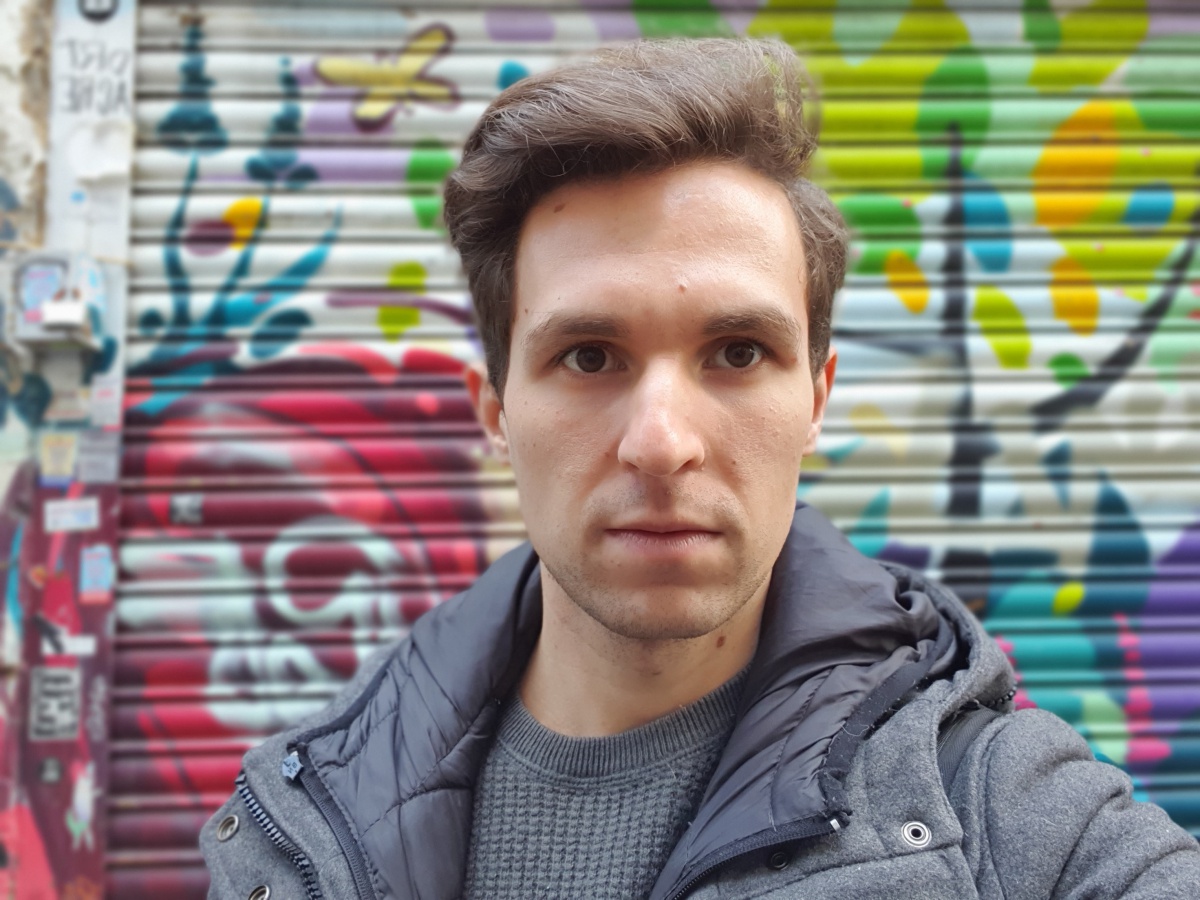
Samsung Galaxy S10 + - the main cameras in practice.
Three sensors on the back of the new Galaxy make amazing photos. Especially the main sensor captivates with the level of detail, contrast and - above all - the tonal range. Just look at these examples:
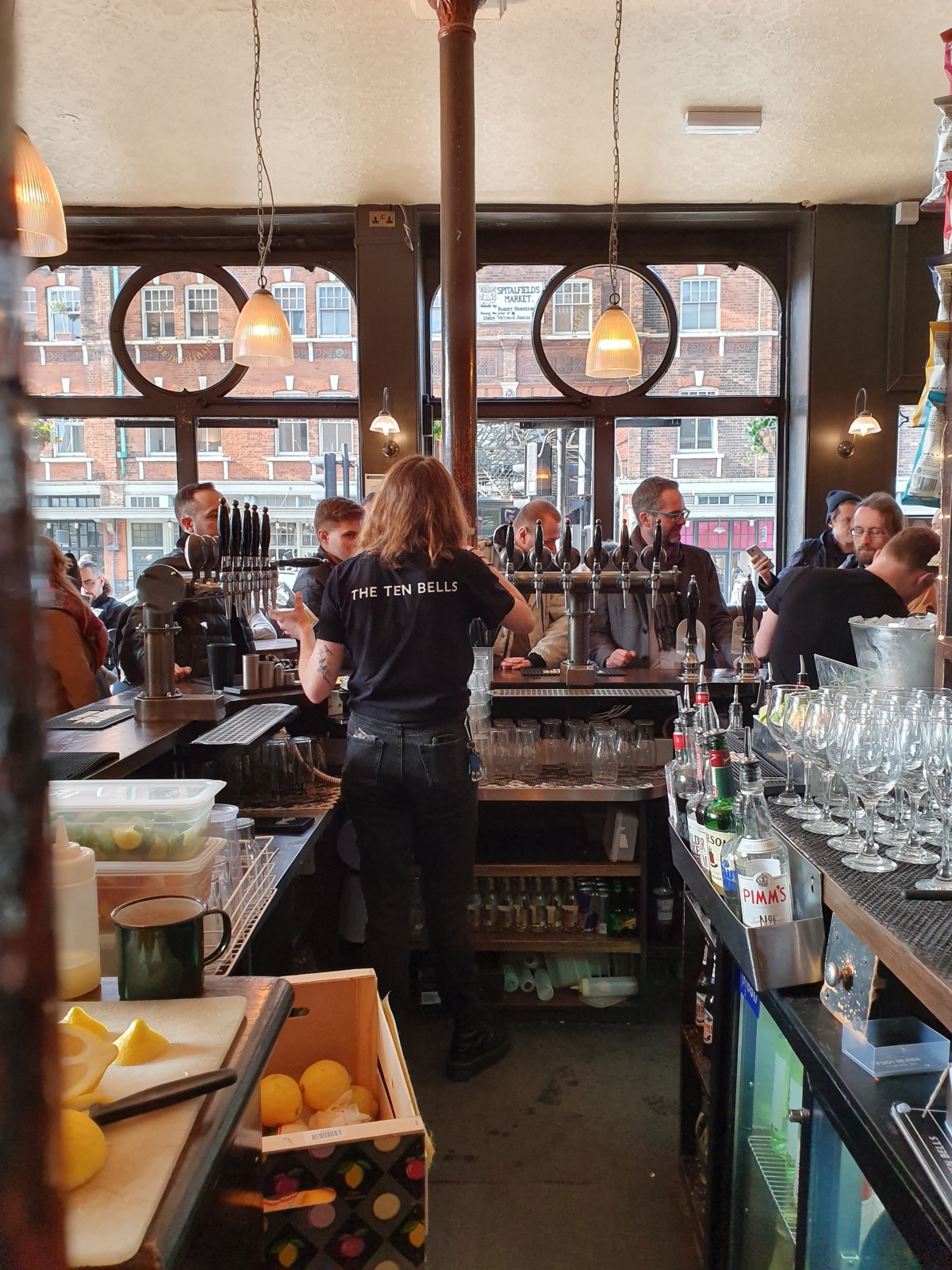
These are incredibly demanding conditions for every camera, with the interior shaded in the shade and bright light outside the window.

Meanwhile, Samsung Galaxy S10 + retains details in both shadows and x-rays. The best camera is the best in this respect, but the tele and ultra-wide lens also perform well.
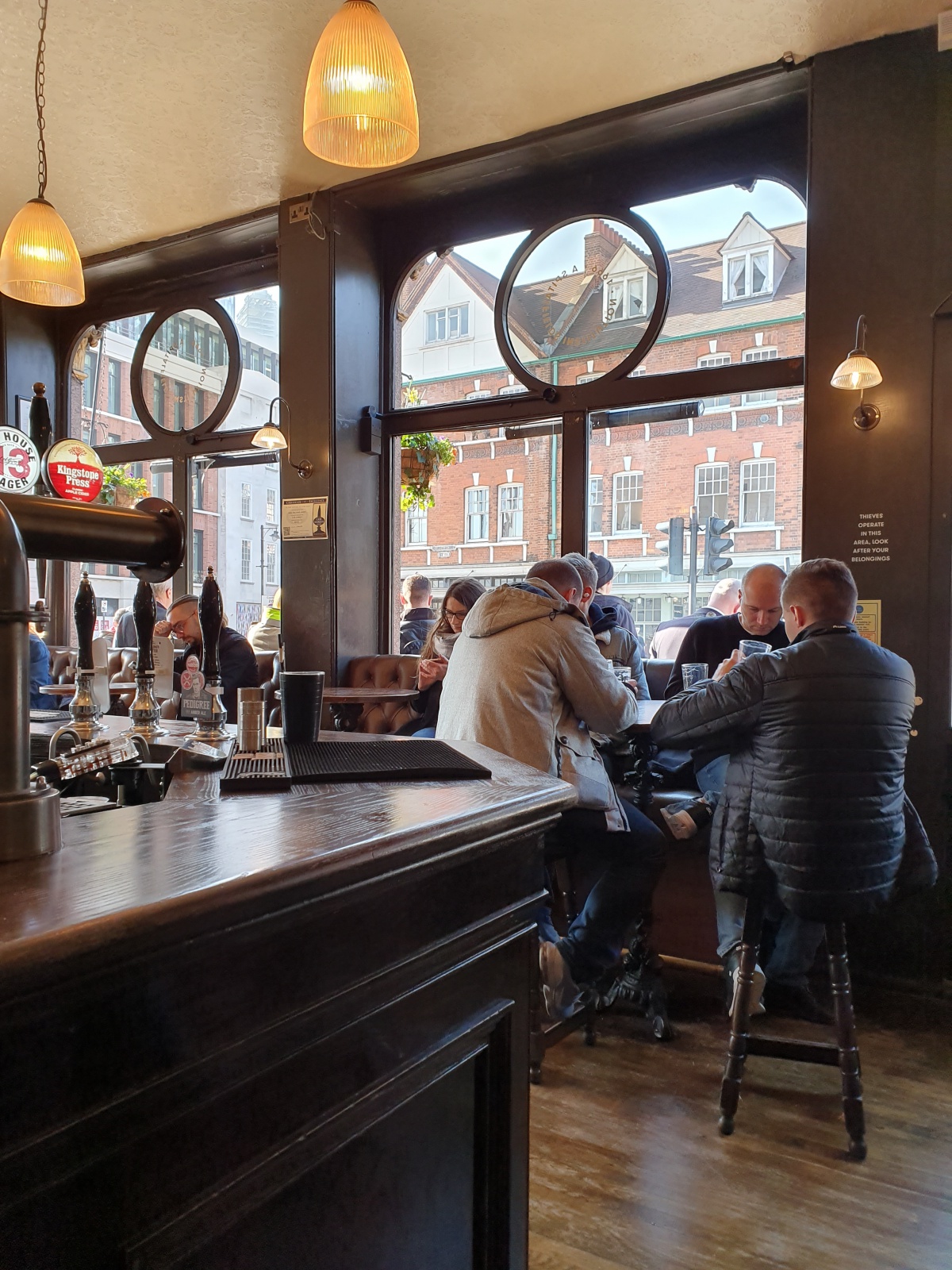
The main camera also has an incredibly fast autofocus with excellent facial detection even from long distances. However, I purposefully emphasize that I am talking about the main camera - the camera with the ultra-wide angle lens does not allow for the independent selection of the focus point, while the one with the tele lens is noticeably slower than the main sensor.
Stopping for a moment on the telephoto, unfortunately it produces noticeably worse effects than the main sensor. Significantly smaller pixel size means less collected light, and this is reflected in the level of detail of the images taken.
I am also surprised that - similarly to the LG V40 - the "live focus" mode, simulating blurring the background, is implemented on a wide angle lens.

The blur itself looks OK (though not as natural as in iPhones, where bokehu simulation is more advanced), but for example, portraits would look much better if you could blur the background in the camera giving more natural proportions. Apple understands this, which is why the iPhone X or XS blurs the background in portrait mode using a telephoto lens.

With ultra wide-angle lens you have to be very careful, because sometimes it turns out to be too "ultra". Even after switching on the automatic correction of optical defects in the settings, the effects obtained with super-wide glass can be spectacular, or ... spectacularly unsuccessful:
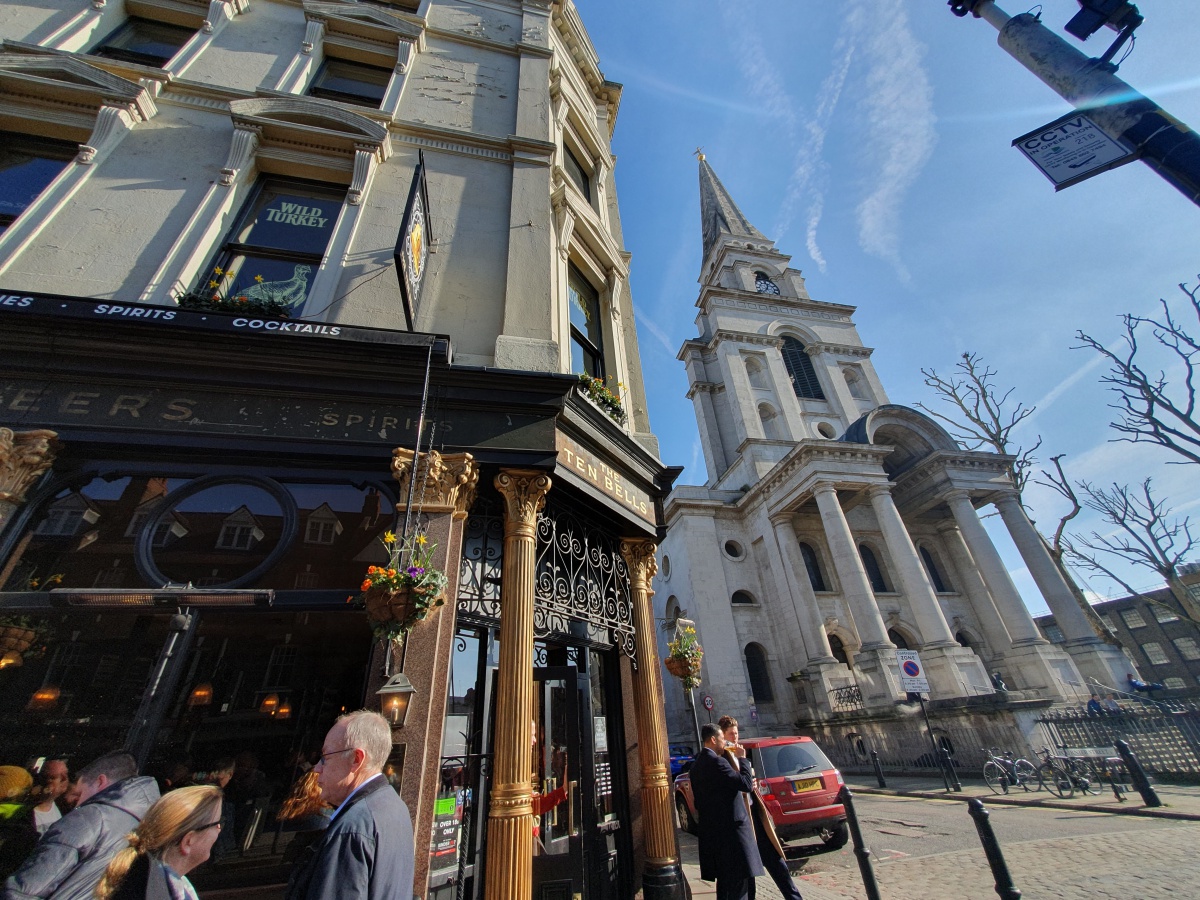
Besides, I do not have the slightest reason to complain. The Samsung Galaxy S10 + camera is sensational.
From generation to generation, Samsung is getting better and better photos. The S8 was already a great camera, but the S10, like the S9 in front of it, is taking mobile photography to a new level.
I am also pleased that Samsung has done his homework and, by default, does not saturate the colors as it did in previous generations.
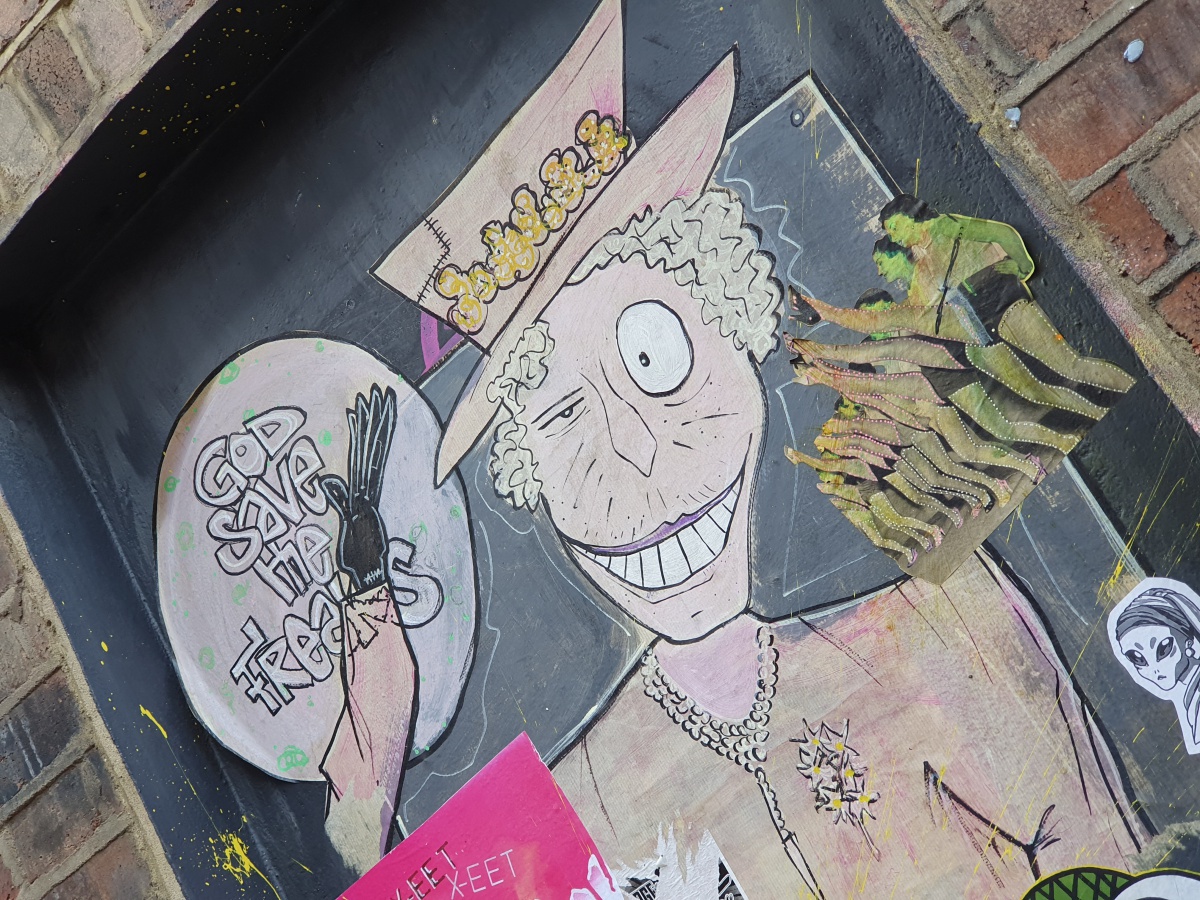


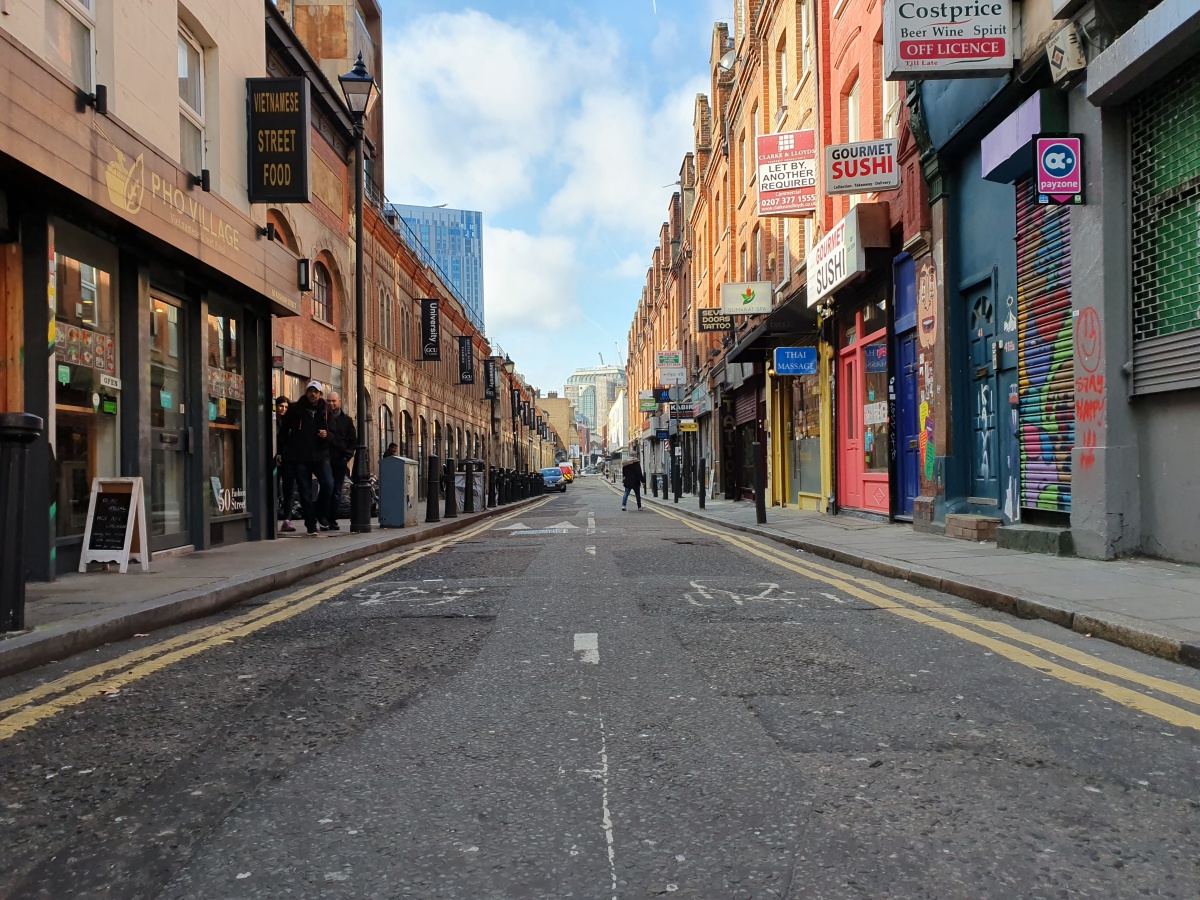
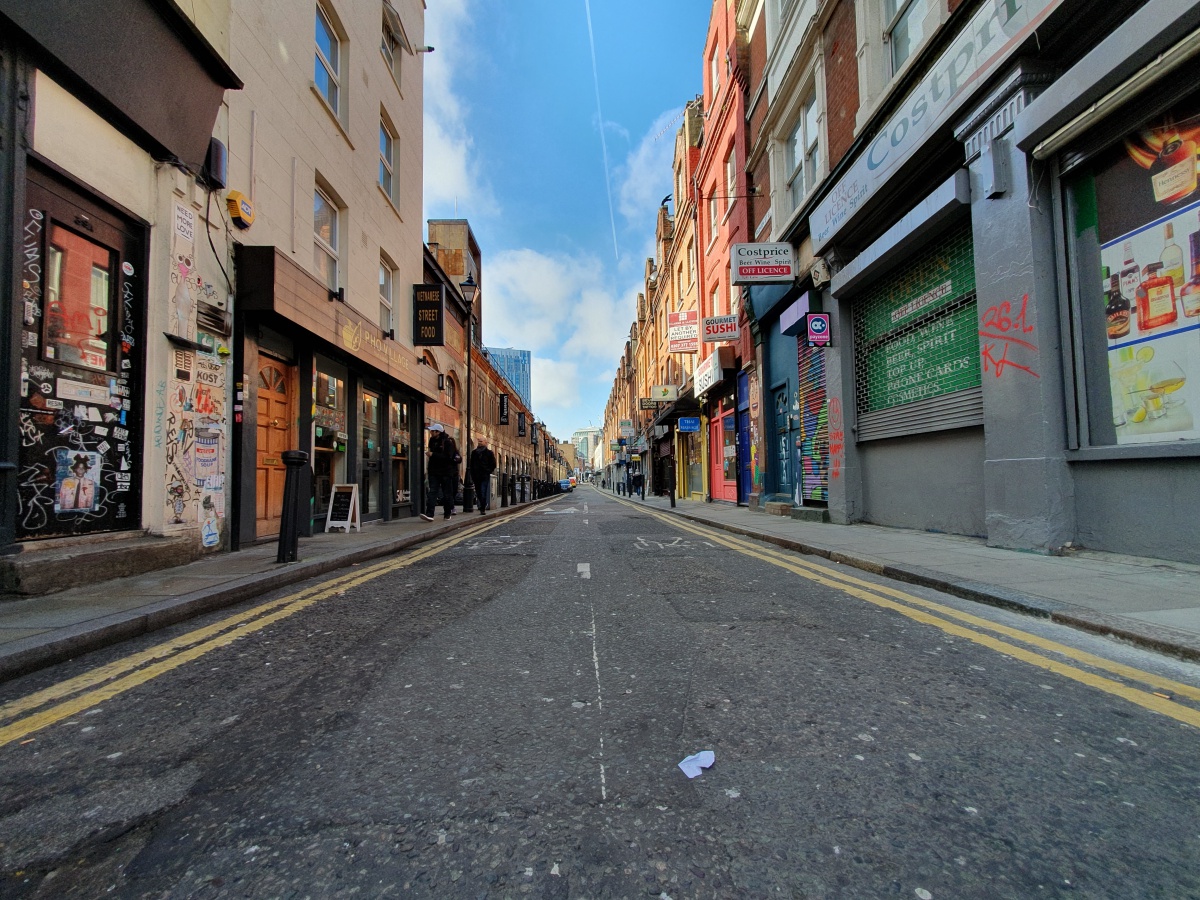
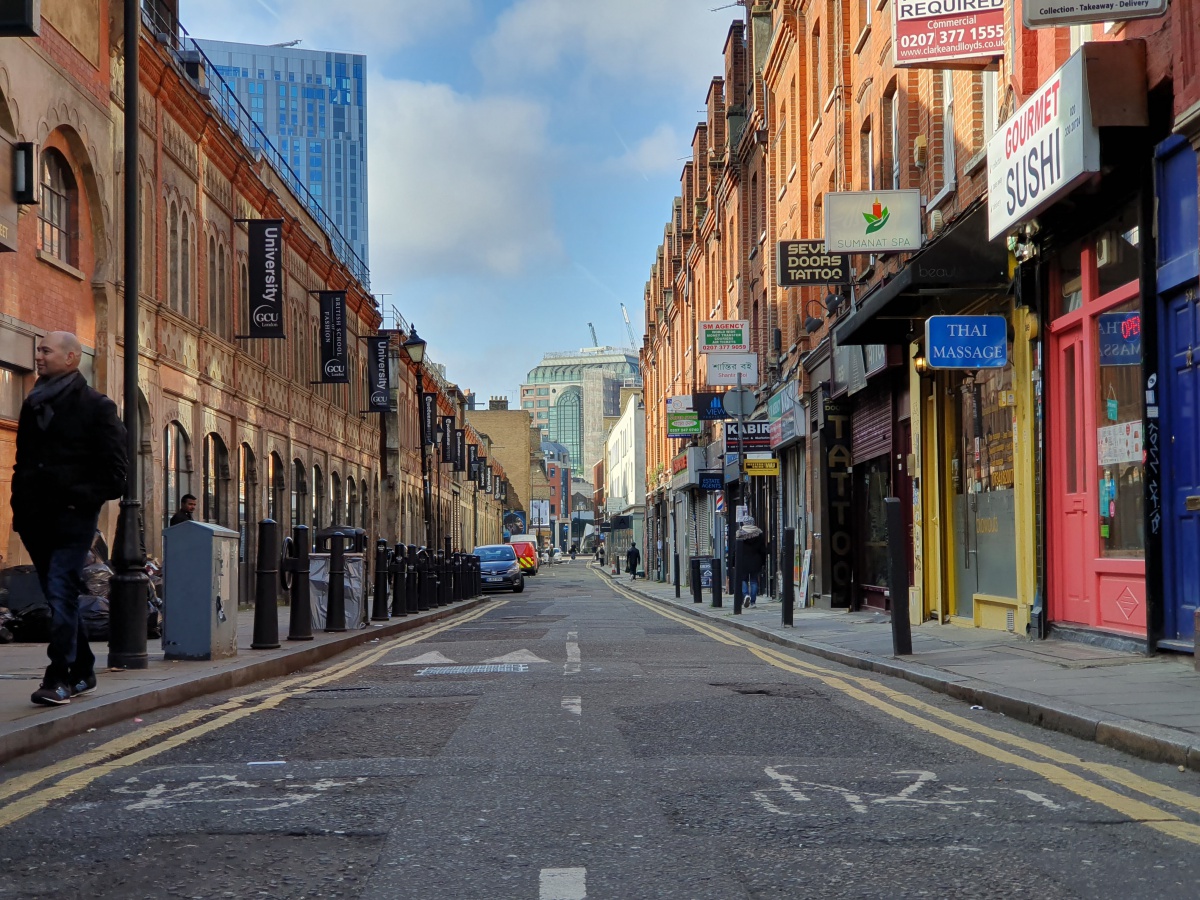
The paintings are still slightly too sharp for my taste, but it's a matter of preference.
I was also amazed to discover that - at least in JPEGs - I would not have to overly crop the photos to get the results that interest me. Oh, fun contrast, white balance and saturation:
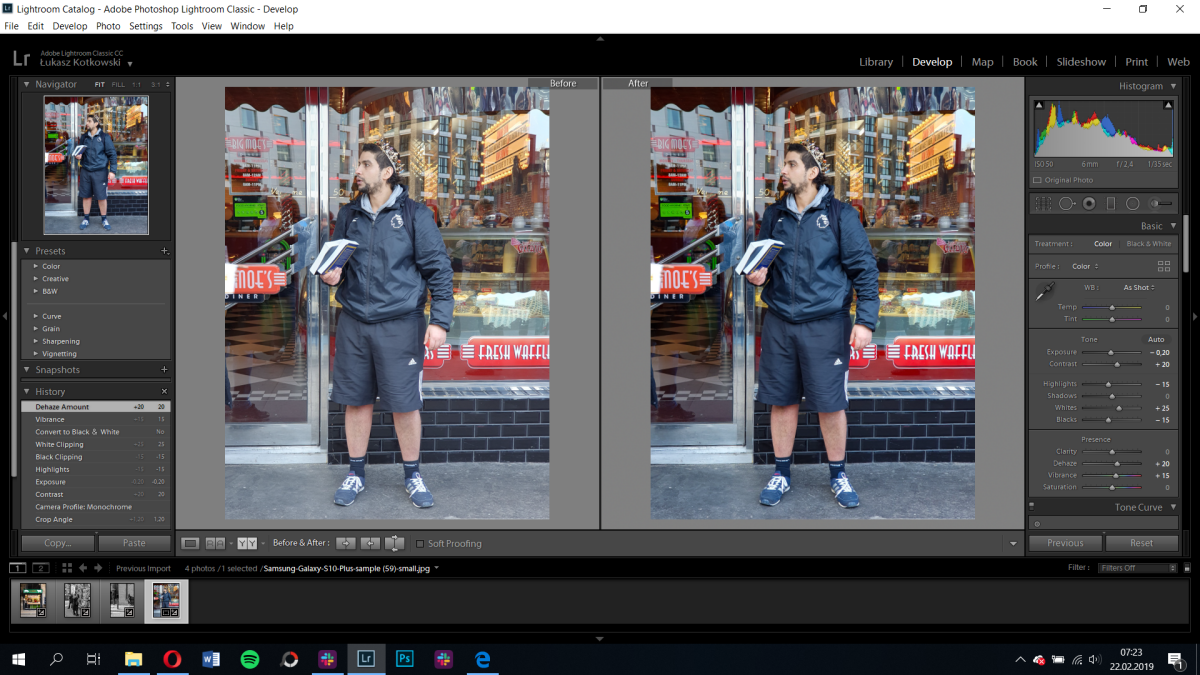
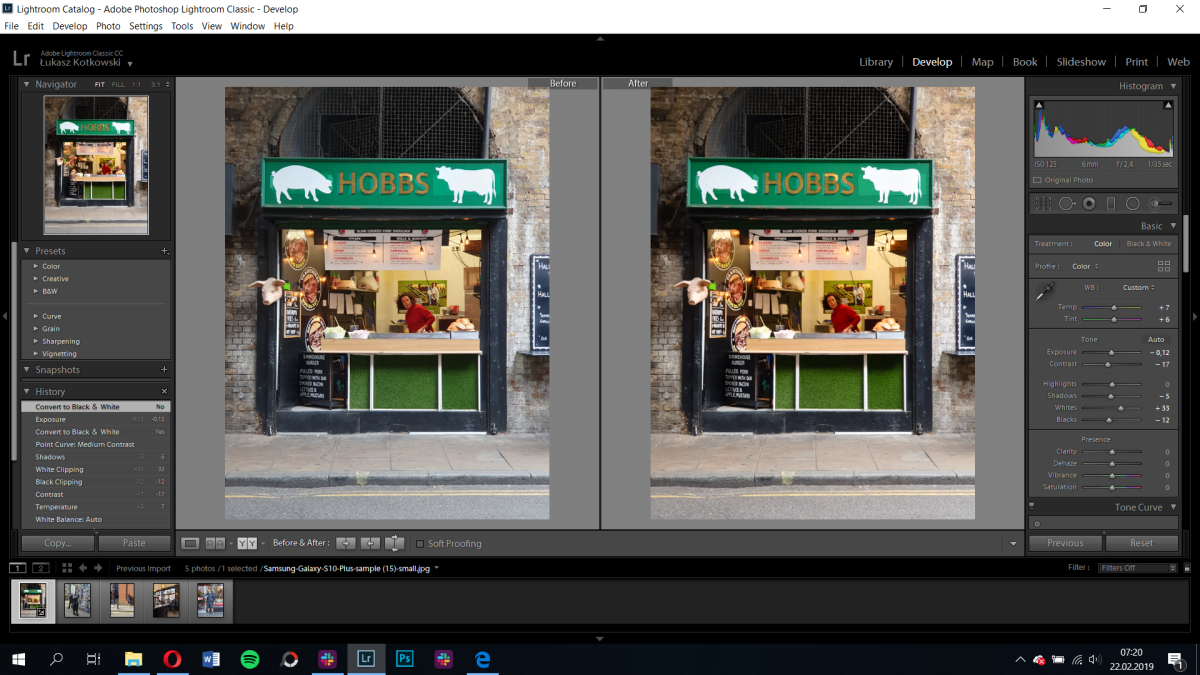
Looks converted to monochrome look great. Delicate conquering the contrast and deepening the shadows results in a beautiful picture. Something I feel that street photography enthusiasts will like the Galaxy S10 very much, especially that the main sensor has an incredibly fast autofocus:
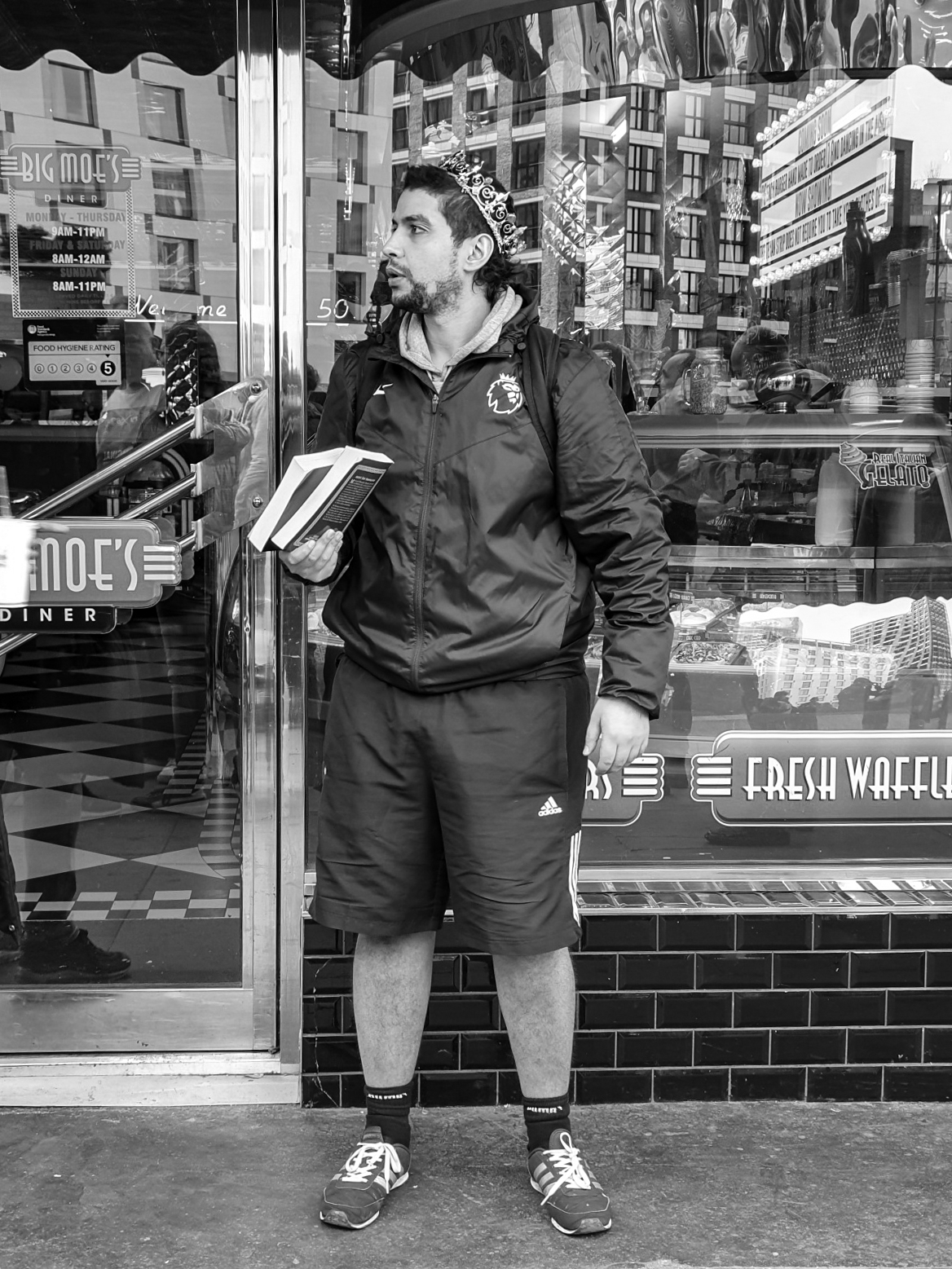
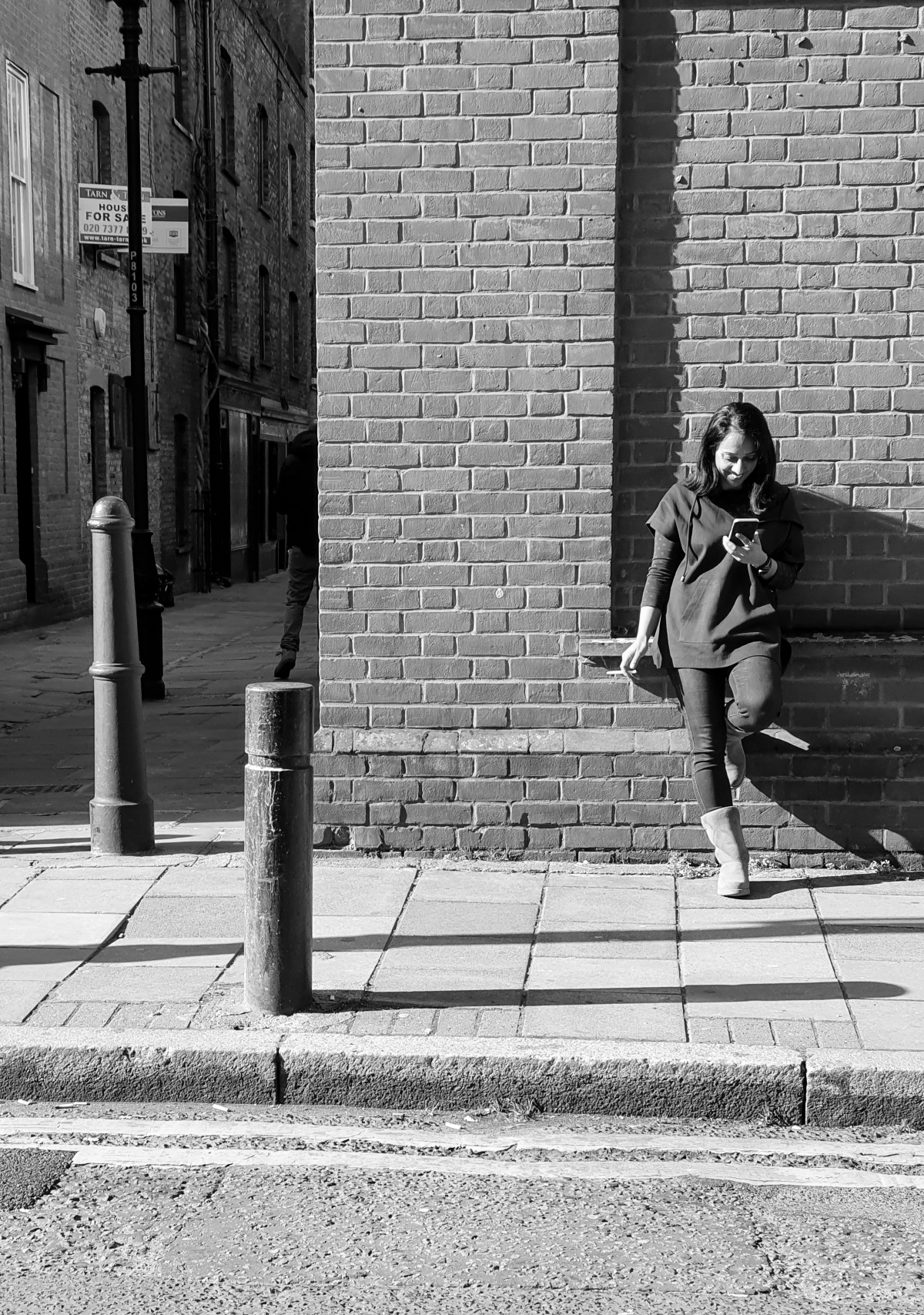
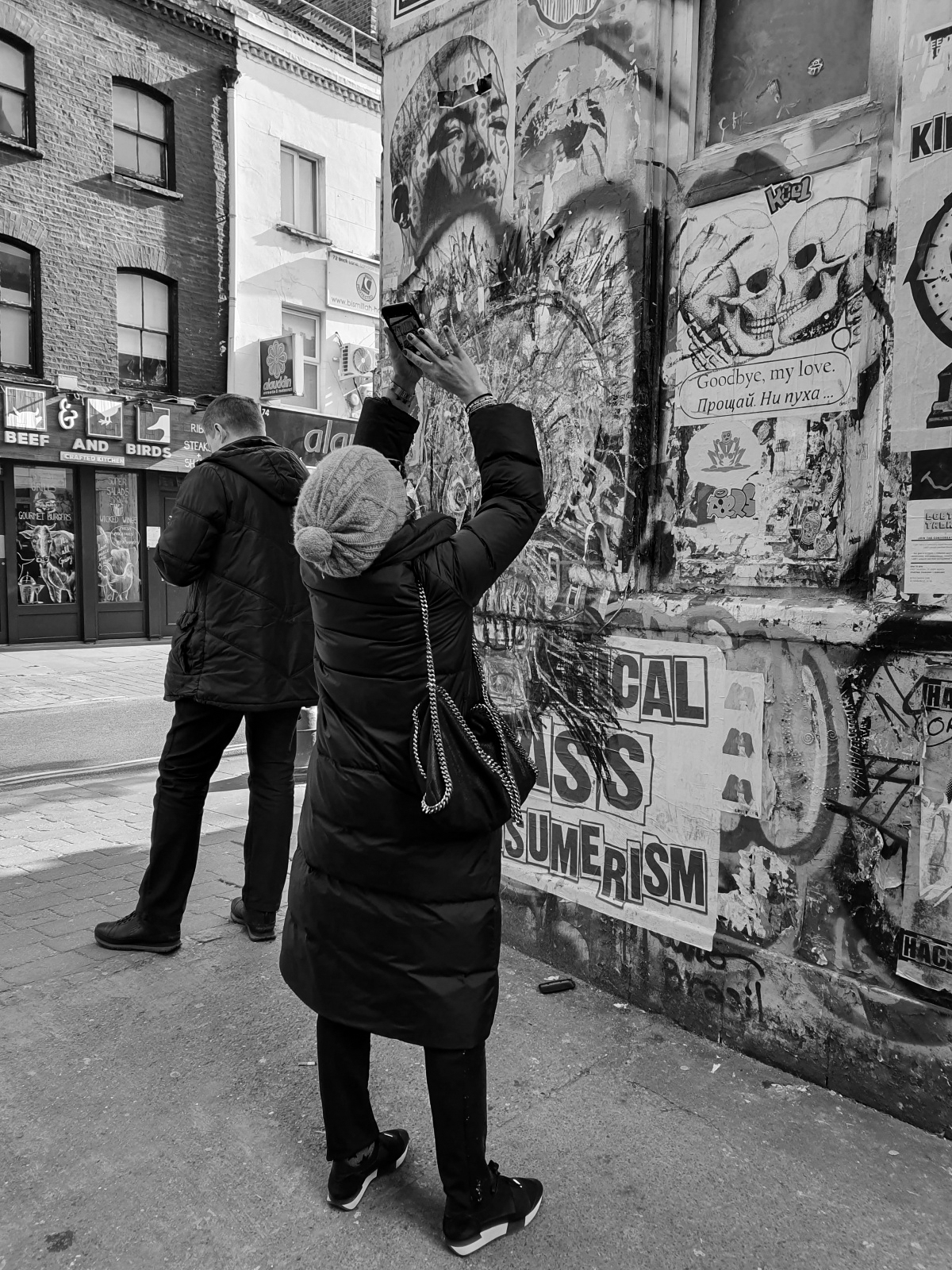
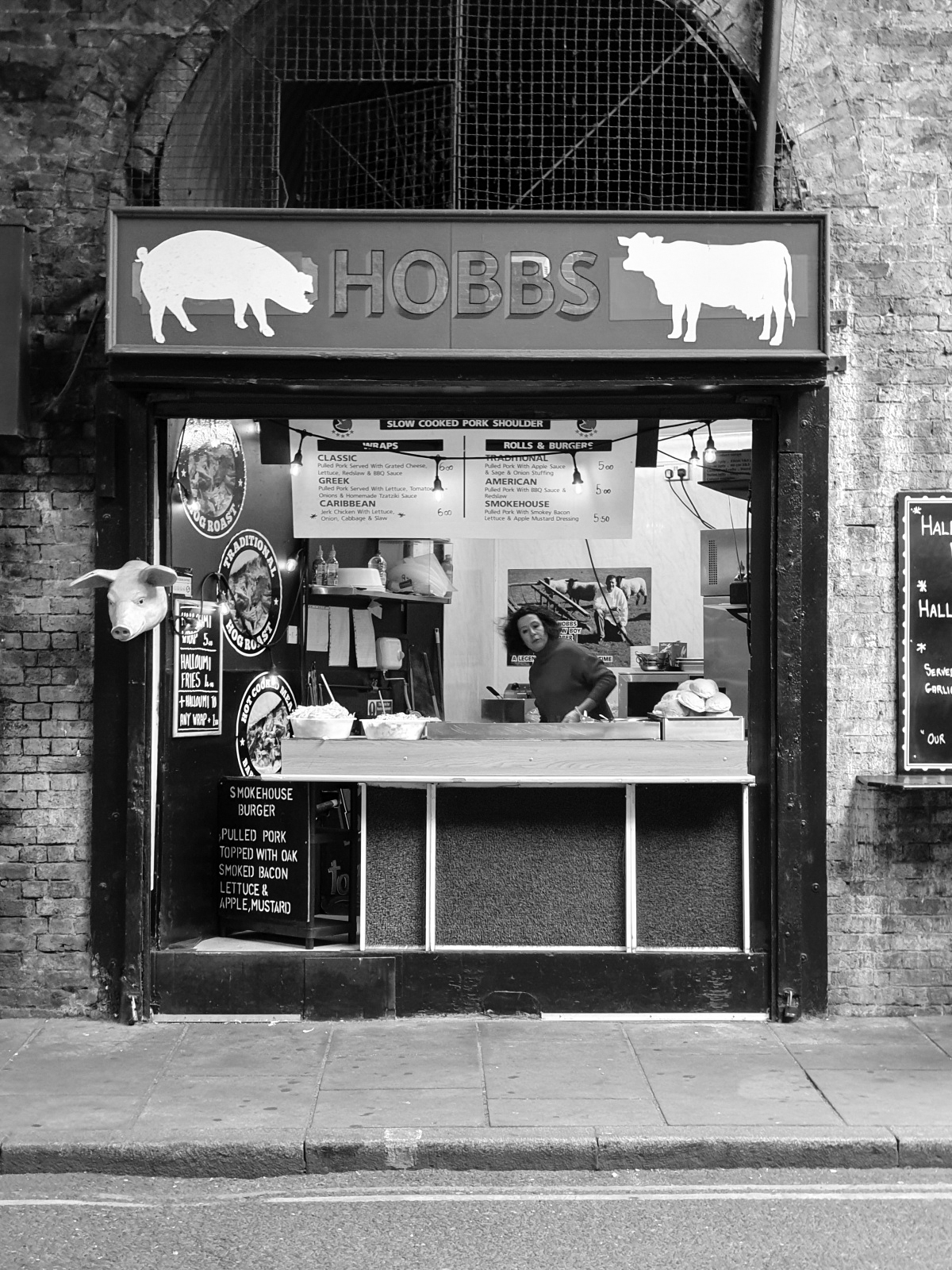
In the night photos Samsung Galaxy S10 + also does not disappoint.
Unfortunately, I did not have too many opportunities to photograph the new Galaxy at night, but what I could already observe, I appreciate the plus.

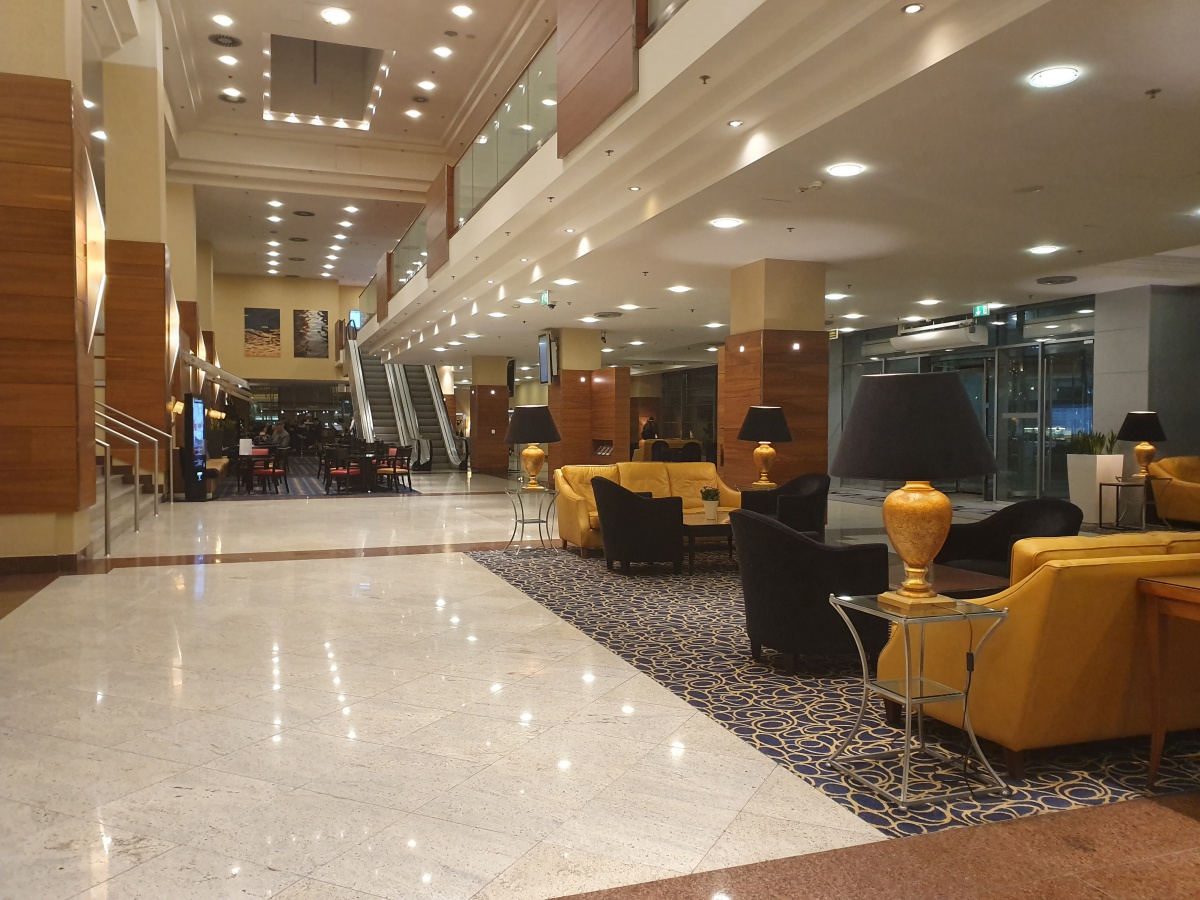

Galaxy S10 + makes fully acceptable photos in poor lighting conditions. Correctly adjusts white balance, noise is kept in check and nowhere are there any unnatural casts that can appear on high ISO.
However, it can be seen that Samsung can not cope with late-night x-rays as well as new iPhones. All sensors are also susceptible to flare. Slight but noticeable.
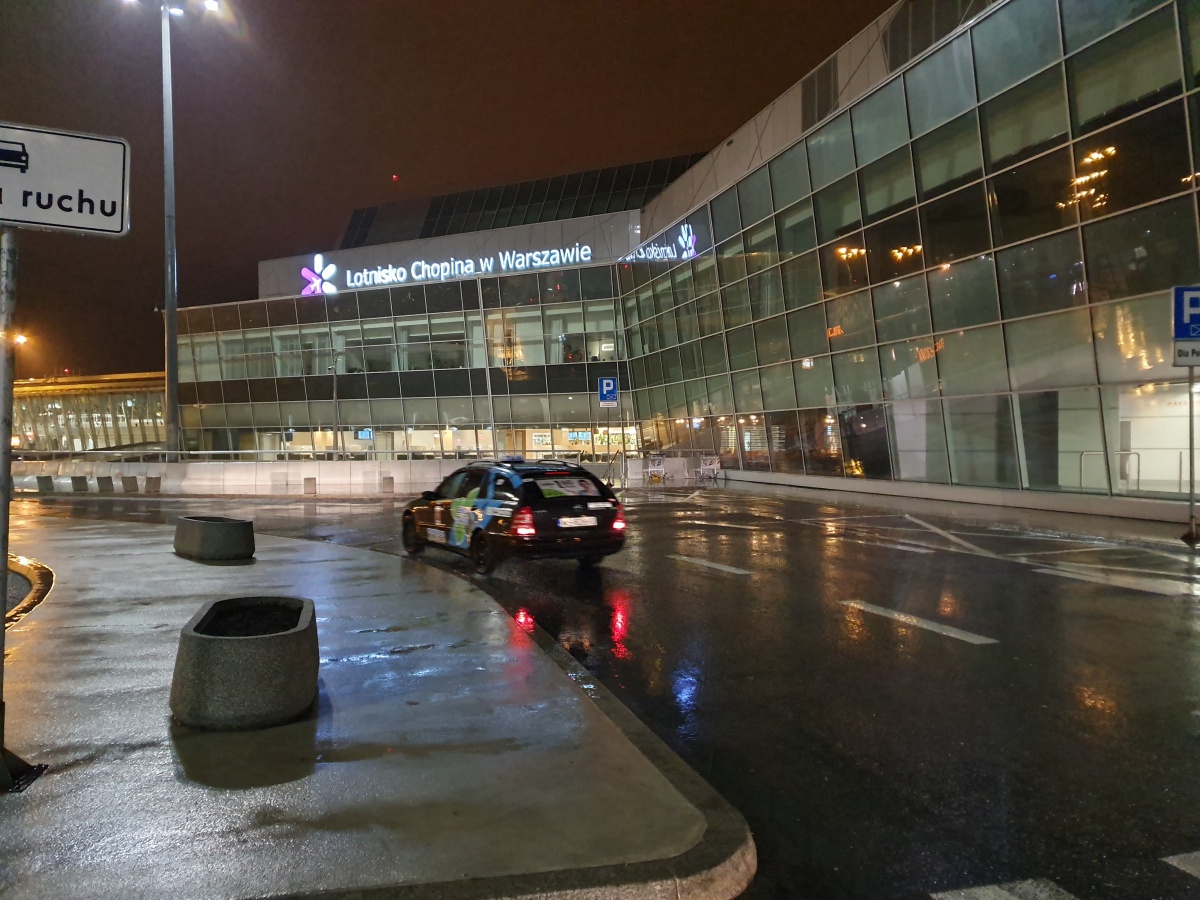
At least it looks like a "full machine". Soon I will have the opportunity to spend more time with the camera in the new Galaxy S10, try the professional mode and quality of RAW files. Only then will it prove how much you can really squeeze from the Samsung Galaxy S10 + matrix. Even though the effects of the machine are more than satisfactory, even if not as good as those from the iPhone XS or Huawei Mate 20 Pro.
The Samsung Galaxy S10 + is performing fantastically.
As you would expect from the good SGS9 or Note 9, Samsung Galaxy S10 + stands high in the hierarchy of mobile photography. Is it the best? It is difficult to say unequivocally. I would have to put together the iPhone XS, Huawei Mate 20 Pro and the new Galaxy, and then make judgments.
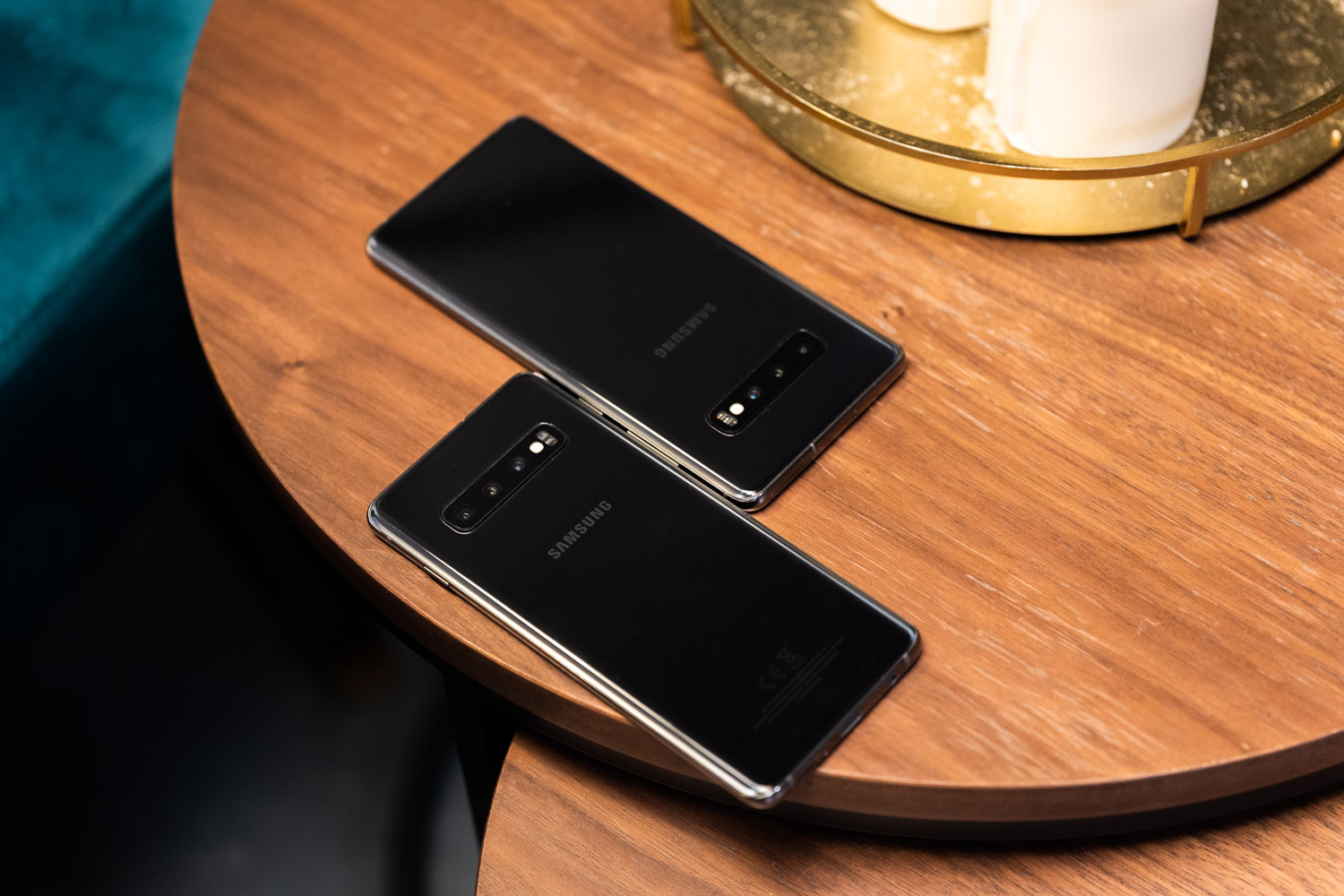
In full automation mode, however, it is the most "fool-proof" of all three photographic titans. The use of intelligent hints for many people will be a real godsend, and combined with a great tonal range and overall optical quality makes Samsung Galaxy S10 + really difficult to take a very bad photo.
In a separate text, we will look at the professional possibilities and photos in the RAW format. The video also deserves a separate material, which - attention, spoiler - Samsung finally goes head to head with its archdafter from Cupertino. Look out for materials in the coming days!
* You can download the package with more photos in full resolution (301 MB) by clicking here .
Is this the new king of mobile photography? Here are photos from the Samsung Galaxy S10 + - without a filter
Comments
Post a Comment